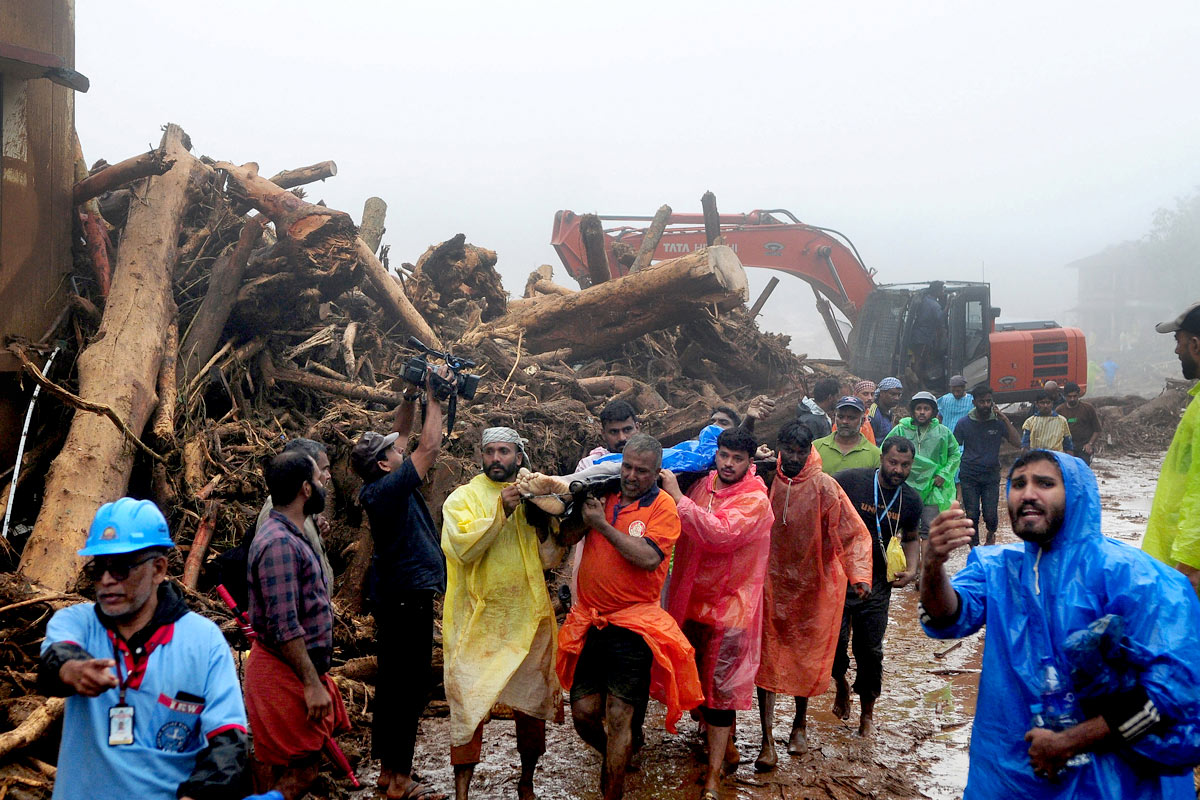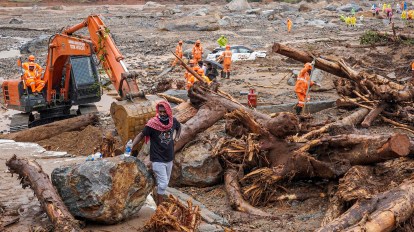In his article, Madhav Gadgil examines the Wayanad tragedy, emphasizing it as a stark manifestation of the deep socio-economic divide between the privileged and the underprivileged. The tragedy, marked by severe flooding and landslides, disproportionately impacted the poorer communities who reside in vulnerable areas, lacking adequate infrastructure and safety measures.

Source:- news 18
Gadgil argues that the calamity has exposed how wealth and resources often determine the quality of disaster preparedness and response. The affluent, with better access to resources and infrastructure, are more likely to be insulated from such disasters, while the marginalized communities face the brunt of natural calamities, compounded by inadequate safety nets and support systems.
Source:- BBC news
He highlights that the systemic neglect of these communities not only worsens their plight during disasters but also perpetuates their vulnerability. The government and policymakers, according to Gadgil, need to address this disparity by prioritizing investments in infrastructure and safety measures for the marginalized. This includes better planning and execution of disaster management strategies that consider the needs of the most vulnerable, ensuring that no community is left exposed to such dire consequences due to socio-economic disparities.
In conclusion, Gadgil calls for a reevaluation of disaster management and development policies, urging a more inclusive approach that bridges the gap between the privileged and the less fortunate. Addressing these systemic inequalities is crucial for mitigating the impact of future disasters and ensuring a more equitable distribution of resources and safety measures.
Share your views in the comments

